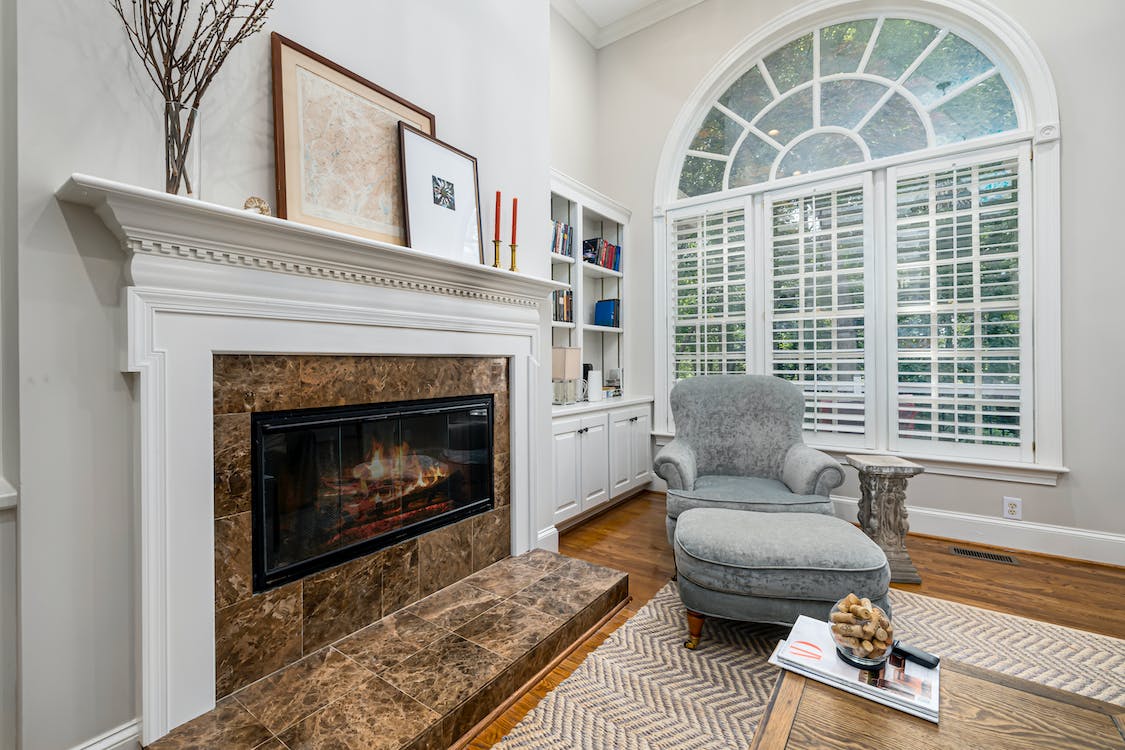Welcome to the world of minimalist design! In a society bombarded with endless options and constant stimuli, minimalism offers a breath of fresh air. It’s a design philosophy that focuses on simplicity, functionality, and the elimination of unnecessary elements. By embracing minimalism, you can create a clutter-free living space that brings peace, harmony, and a sense of calm to your environment.
In this article, we will explore the essential principles of minimalist design and how they can transform your living space. From the benefits of minimalism to its practical applications in various design fields, we will dive deep into this design philosophy. Whether you’re looking to revamp your website, redecorate your home, or even update your wardrobe, minimalism offers a versatile approach that can be applied to any design endeavor.
So, if you’re ready to strip away the excess, simplify your surroundings, and create a space that truly reflects your personality, let’s embark on this minimalist journey together. From the elimination of unnecessary elements to the careful balance of form, light, and functionality, we’ll uncover the secrets behind crafting a clutter-free oasis that will enhance your well-being and bring renewed joy to your everyday life. Let’s get started!
Benefits of Minimalist Design
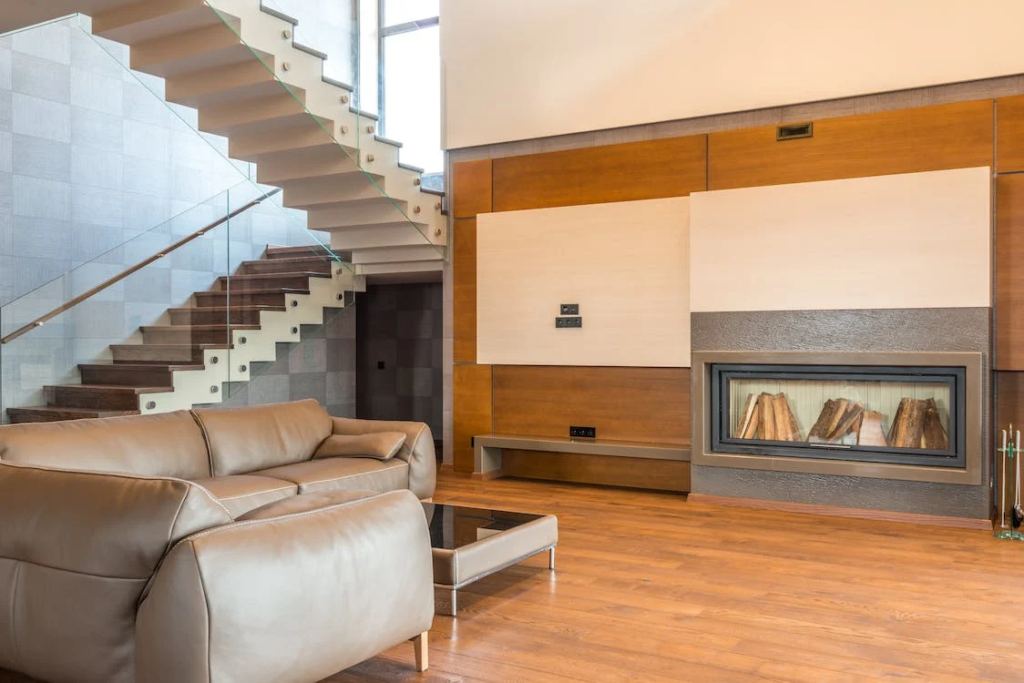
When it comes to web design, minimalist design has gained immense popularity in recent years. This clean and clutter-free approach can have numerous benefits for both users and website owners. In this article, we will explore why minimalist design is so effective and the advantages it brings to the table.
Reduced Cognitive Overload
One of the major benefits of minimalist design is that it reduces cognitive overload for users. When a website is cluttered with unnecessary elements, it can overwhelm visitors and make it difficult for them to find the information they are looking for. By adopting a minimalist design, you can streamline the user experience, allowing visitors to focus on the most important aspects of your website.
Enhanced User Experience
Minimalist design focuses on simplicity and usability, resulting in an enhanced user experience. By removing unnecessary distractions and visual clutter, users can easily navigate through your website and access the information they need. A clean and well-organized interface can make it easier for users to understand your content and take the desired actions, such as making a purchase or filling out a form.
Focus on User-Centered Design
Minimalist design puts the user at the center of the design process. Instead of overwhelming users with unnecessary elements, minimalist design aims to provide them with a seamless and intuitive experience. By focusing on the needs and preferences of your target audience, you can create a design that is user-friendly and tailored to their specific requirements.
Aesthetic and Usability Heuristics
Minimalist design is not only functional but also aesthetically pleasing. By adopting clean lines, ample white space, and a limited color palette, you can create a visually appealing website that captures users’ attention. Additionally, minimalist design aligns with usability heuristics, which are guidelines that help designers create intuitive and user-friendly interfaces. Some of the usability heuristics that minimalist design supports include:
- Visibility of System Status: Minimalist design ensures that users can easily understand where they are on your website and what actions are available to them.
- Recognition over Recall: By using familiar and easily recognizable design elements, minimalist design reduces the cognitive load on users and makes it easier for them to navigate your website.
- Flexibility and Efficiency of Use: Minimalist design allows users to efficiently complete their tasks by eliminating unnecessary steps and distractions.
In conclusion, minimalist design offers a range of benefits that can greatly enhance the user experience and usability of your website. By reducing cognitive overload, focusing on user-centered design, and adhering to aesthetic and usability heuristics, you can create a visually appealing and user-friendly website that keeps visitors engaged. So, consider embracing minimalist design principles for your next web design project and reap the benefits it has to offer.
Principles of Minimalist Design
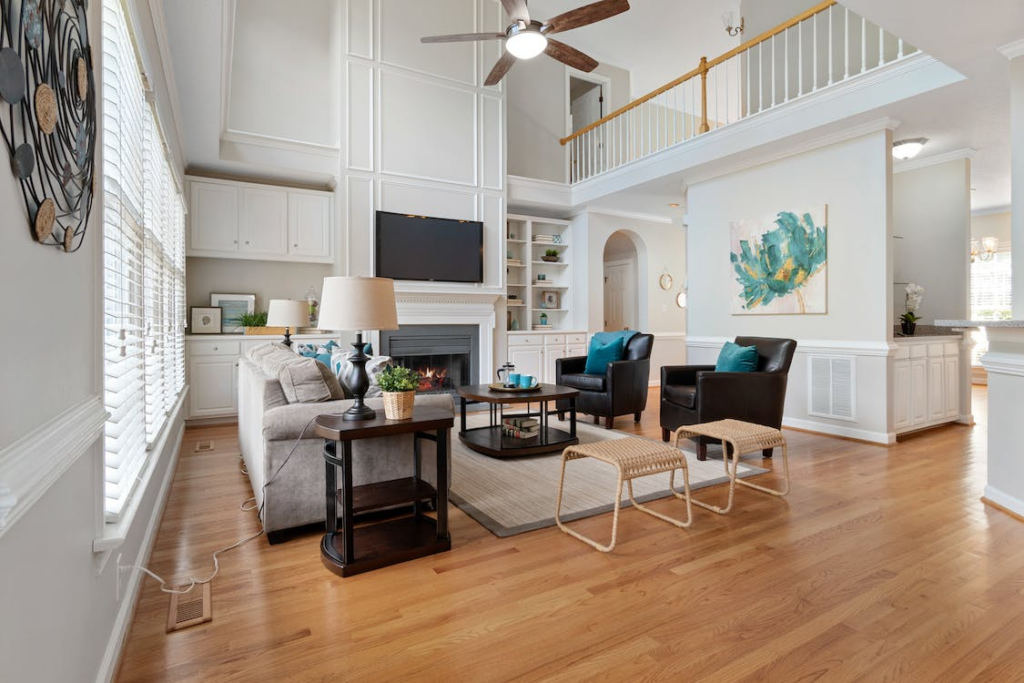
In today’s fast-paced world, where excess and clutter seem to reign, minimalist design offers a refreshing approach. By stripping away unnecessary elements and focusing on simplicity, minimalist design creates a clean and uncluttered aesthetic that is both visually appealing and functional.
Elimination of Unnecessary Elements
At the core of minimalist design is the philosophy of less is more. This means eliminating any elements that do not serve a purpose or contribute to the overall design. By removing extraneous elements, minimalist design creates a sense of calm and allows the essential elements to shine. This principle applies to everything from typography and color palettes to layout and imagery.
Consistency in Design
Consistency is key in minimalist design. By maintaining a consistent style and visual language throughout a design, it creates a cohesive and harmonious experience for the viewer. This can be achieved through the use of consistent typography, color schemes, and layout grids. Consistency not only enhances the overall aesthetic but also promotes ease of use and familiarity for the user.
Simplicity and Clarity
Simplicity is at the heart of minimalist design. By focusing on essential elements and removing unnecessary complexity, minimalist design achieves a clean and uncluttered look. This simplicity enhances the user experience by making it easy to navigate and understand the design. Clarity is also crucial in minimalist design, ensuring that information and messaging are communicated effectively and without confusion.
Functionality and Purpose
Minimalist design emphasizes the functionality and purpose of a design. Every element and aspect of the design should serve a specific function and align with the intended purpose. This focus on functionality ensures that the design is streamlined, user-friendly, and efficient. By removing unnecessary elements and distractions, minimalist design allows the user to easily engage with and understand the design’s purpose.
Balancing Form, Light, and Functionality
Minimalist design expertly balances form, light, and functionality. It prioritizes the importance of negative space, allowing for a sense of breathing room and visual rest. The use of light and shadow is carefully considered to create depth and dimension within the design. By striking the right balance between form, light, and functionality, minimalist design achieves a visually striking and functional result.
In conclusion, minimalist design offers an elegant and effective approach to create visually appealing and user-friendly designs. By embracing the principles of eliminating unnecessary elements, maintaining consistency, simplicity, clarity, emphasizing functionality and purpose, and balancing form, light, and functionality, designers can create stunning designs that make a lasting impact. So, if you’re looking to create a design that stands out and provides a seamless user experience, consider incorporating the principles of minimalist design.
Also Read: Essential Principles of Minimalist Design for a Clutter-Free Home in 2024.
Applications of Minimalist Design
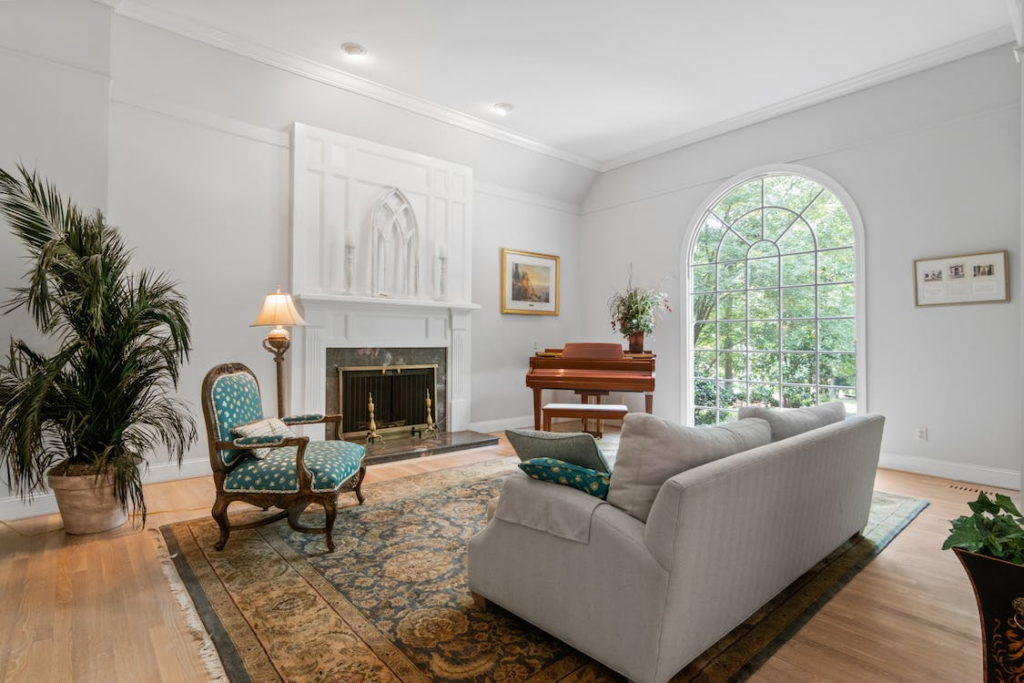
Minimalist design has become increasingly popular in various fields, thanks to its clean and uncluttered aesthetics. It’s a design philosophy that emphasizes simplicity, functionality, and the removal of unnecessary elements. From web design to interior design, graphic design to fashion, minimalist design has found its way into various applications. In this article, we will explore the different areas where minimalist design shines and how it enhances the overall user experience.
Web Design
In the digital age, websites play a crucial role in attracting and engaging users. Minimalist web design has gained significant traction due to its user-friendly and visually appealing nature. Here’s why minimalist design works wonders in web design:
- Simplicity: Minimalist websites are easy to navigate and understand. By eliminating unnecessary elements, such as excessive text and cluttered layouts, users can focus on the essential information.
- Visual Hierarchy: Minimalist design allows designers to create a clear visual hierarchy by utilizing white space and strategic placement of elements. This approach guides users’ attention and ensures a seamless browsing experience.
- Faster Loading Times: With fewer graphics and complex elements, minimalist websites tend to load faster. This not only improves the user experience but also contributes to better search engine rankings.
- Responsive Design: Minimalist design seamlessly adapts to different devices and screen sizes. This ensures that users can easily access and navigate websites across various platforms, enhancing user engagement and satisfaction.
Interior Design
Minimalist design has transformed the way we look at interior spaces. It focuses on simplicity, functionality, and the use of clean lines. Here’s why minimalist design is a favorite in interior design:
- Clean and Clutter-Free Spaces: By removing unnecessary objects and decorations, minimalist design creates clutter-free and visually serene spaces. This allows individuals to relax and focus on the essential elements within a room.
- Enhanced Natural Light: Minimalist interiors often feature light-colored walls, which reflect natural light and make rooms feel brighter and more spacious. Additionally, fewer furniture and accessories prevent light from being blocked, further enhancing the natural light flow.
- Sustainable Design: Minimalist design promotes the use of sustainable materials and energy-efficient solutions. By focusing on essential elements and reducing waste, minimalist interiors align with eco-friendly principles.
Graphic Design
Graphic design is all about communicating messages effectively through visual elements. Minimalist graphic design has gained popularity due to its ability to convey a message with simplicity and impact. Here’s why minimalist design is widely used in graphic design:
- Clear Communication: Minimalist design uses simple shapes, clean typography, and limited color palettes to communicate messages in a straightforward and effective manner. This ensures that the intended message is not lost in unnecessary visual clutter.
- Timeless Appeal: Minimalist graphic design has a timeless quality that transcends trends. By using clean lines and minimal elements, designers create designs that can withstand the test of time and remain relevant for years to come.
- Versatility and Adaptability: Minimalist design can be easily adapted and applied across various mediums, including print, digital, and brand identity. Its simplicity allows for flexibility, making it suitable for a wide range of applications.
Fashion
Minimalism has made a significant impact in the fashion industry, challenging the notion that more is always better. Minimalist fashion focuses on clean lines, neutral colors, and streamlined silhouettes. Here’s why minimalist design has become a go-to choice in the fashion world:
- Timeless Elegance: Minimalist fashion pieces exude timeless elegance that transcends passing trends. By focusing on quality fabrics and impeccable tailoring, minimalist designs are enduring and versatile, making them wardrobe staples.
- Sustainable Fashion: Minimalist fashion aligns with the principles of sustainable fashion by promoting quality over quantity. By investing in well-made, timeless pieces, individuals can build a sustainable and environmentally friendly wardrobe.
- Effortless Style: Minimalist fashion allows individuals to achieve a polished and put-together look without excessive accessories or embellishments. It emphasizes simplicity and creates a sense of sophistication through restrained style choices.
Minimalist design has proven its worth in various applications, from web design to interior design, graphic design to fashion. Its emphasis on simplicity, functionality, and clarity enables it to create visually appealing and user-friendly experiences across different fields. Whether you’re designing a website, decorating a room, creating a logo, or curating a wardrobe, embracing minimalism can elevate the overall aesthetic and user experience.
Creating a Minimalist Living Space
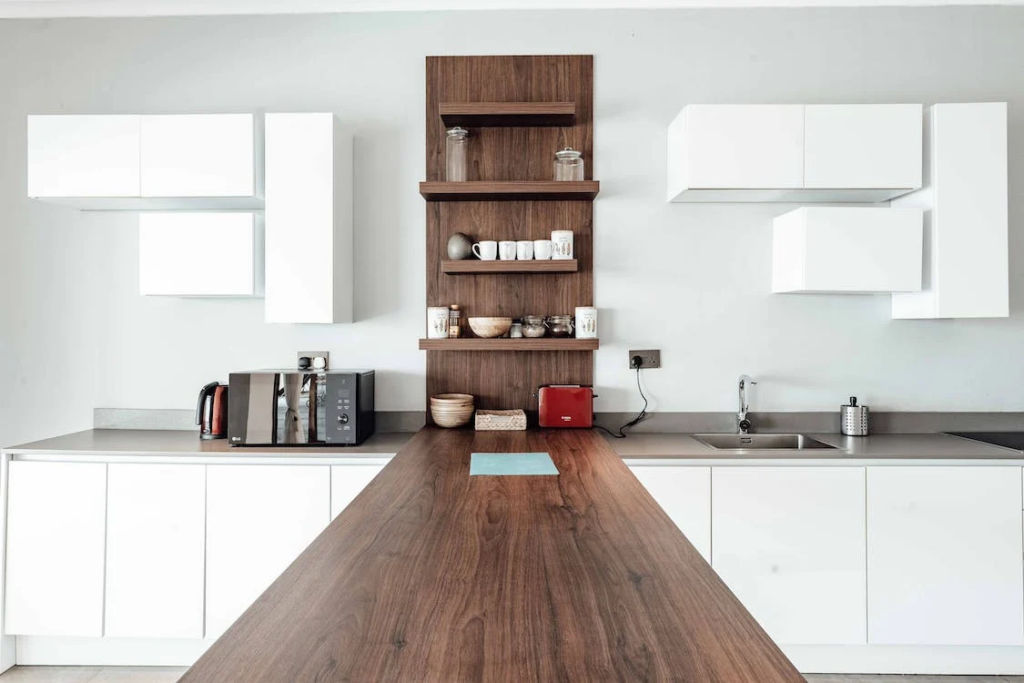
Minimalism has become a popular lifestyle choice for many people looking to simplify their lives and create a sense of calm and order in their homes. Adopting a minimalist approach to your living space can have a significant impact on your overall well-being and make your home a more enjoyable place to live. In this article, we will explore some essential tips and strategies for creating a minimalist living space that is both functional and aesthetically pleasing.
Decluttering
The first step in achieving a minimalist living space is to declutter. This process involves removing unnecessary items that no longer serve a purpose or bring you joy. By clearing out the clutter, you can create a sense of spaciousness and simplicity in your home. Here are some practical ways to declutter your living space:
- Start with one room at a time to avoid becoming overwhelmed.
- Create three piles: keep, donate/sell, and discard.
- Be ruthless with your decision-making process. Ask yourself if each item adds value to your life or if it is simply taking up space.
- Organize your belongings in a way that is easy to maintain and keep tidy.
Simplifying Colors
When it comes to minimalist design, simplicity is key. One way to achieve this is by simplifying the color palette in your living space. By using neutral colors such as whites, grays, and beiges, you create a clean and cohesive look. Here are a few tips for simplifying colors:
- Choose one or two main colors for your walls and large furniture pieces.
- Use muted tones and soft colors for accent pieces and accessories.
- Avoid using too many bold or contrasting colors, as they can disrupt the calm and minimalist atmosphere.
Purposeful Decor
In a minimalist living space, every item should have a purpose and add value to the room. Avoid unnecessary decorative objects that can clutter your space and instead focus on meaningful and purposeful decor. Here are some ideas for purposeful decor in a minimalist living space:
- Display a few carefully selected pieces of art or photographs that hold sentimental value.
- Incorporate houseplants or natural elements to bring life and freshness into the room.
- Choose furniture and decor pieces that have dual functionality, such as storage ottomans or wall-mounted shelves.
Importance of Lighting
Lighting plays a crucial role in creating a minimalist living space. It can enhance the overall ambiance and help make the room feel more spacious and inviting. Here are some tips for incorporating lighting in a minimalist living space:
- Maximize natural light by keeping windows unobstructed and using sheer curtains or blinds.
- Opt for simple and minimalist lighting fixtures that blend seamlessly with the overall design.
- Use a combination of ambient, task, and accent lighting to create layers of light and add depth to the space.
Quality over Quantity
In a minimalist living space, it’s essential to prioritize quality over quantity. Investing in high-quality furniture and decor pieces can elevate the overall look and feel of the room. Here are some tips for choosing quality items:
- Prioritize durability and longevity when selecting furniture pieces.
- Opt for natural and sustainable materials whenever possible.
- Avoid purchasing items on impulse and carefully consider each purchase to ensure it aligns with your minimalist principles.
Reflecting Personal Style
Finally, creating a minimalist living space doesn’t mean sacrificing your personal style. It’s still important to infuse your space with elements that reflect your unique taste and personality. Here are some tips for showcasing your personal style in a minimalist living space:
- Incorporate meaningful decor items that represent your interests or hobbies.
- Display a few carefully curated collections or mementos that have sentimental value.
- Consider adding a pop of color or a unique statement piece to add visual interest to the room.
By following these tips and strategies, you can create a minimalist living space that is both functional and visually appealing. Remember, minimalism is not about depriving yourself of things; it’s about intentionally choosing what you surround yourself with and creating a space that brings you joy and peace.
Also Read: Creating Tranquil Spaces: Achieving Serenity with Minimalist Design in 2024.
Conclusion
In conclusion, embracing minimalist design principles can create a clutter-free living space that promotes a sense of calm and tranquility. By eliminating unnecessary elements, maintaining consistency in design, and focusing on simplicity and functionality, you can achieve a minimalist aesthetic that is both visually pleasing and highly functional.
By decluttering your space, simplifying colors, and carefully selecting purposeful decor, you can create a home that reflects your personal style while maintaining the principles of minimalism. Additionally, paying attention to lighting and prioritizing quality over quantity will further enhance the atmosphere of your living space.
At Minimalist Home Guru, we understand the importance of minimalist design in creating an environment that supports your well-being. We provide guidance on decluttering, selecting clean-lined furniture, and creating a calming and clutter-free living space. Whether you’re a new home buyer or simply looking to embrace the minimalist lifestyle, we are here to assist you on your journey.
To get access to more articles, read Designing a Minimalist Kitchen : Streamlined Ideas for a Clutter-Free Space in 2024.
To learn more about our minimalist design services and how we can help you create the home of your dreams, visit our website at Minimalist Home Guru. Let us guide you towards a minimalist aesthetic that brings you peace and serenity in your living space.
Frequently Asked Questions
- What is minimalist design?
Minimalist design is a style that focuses on simplicity, functionality, and clean lines. It involves removing unnecessary elements and clutter to create a clean and uncluttered living space. - Why should I consider minimalist design for my living space?
Minimalist design helps create a calming and peaceful environment, reduces visual clutter, improves functionality, and promotes a sense of mindfulness and simplicity. It can also make a small space appear larger and more spacious. - What are the key principles of minimalist design?
The key principles of minimalist design include: 1. Simplify and declutter, 2. Focus on essentials, 3. Use a neutral color palette, 4. Embrace clean lines and simple shapes, and 5. Maximize natural light and space. - How can I simplify and declutter my living space?
To simplify and declutter your living space, start by getting rid of items you no longer need or use. Organize your belongings and find proper storage solutions. Also, avoid excessive furniture and decorations, and keep surfaces clear from unnecessary items. - Can I still showcase my personal style in a minimalist design?
Yes, minimalist design doesn’t mean sacrificing your personal style. You can still incorporate elements that reflect your personality and interests, but in a more subtle and curated way. Choose a few statement pieces and keep the overall design simple and uncluttered.

